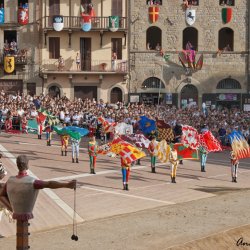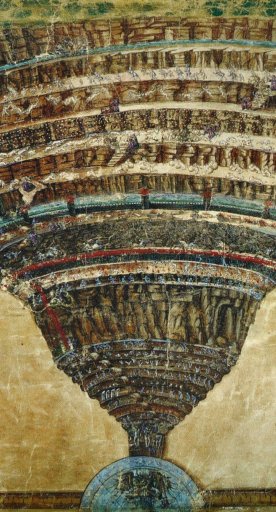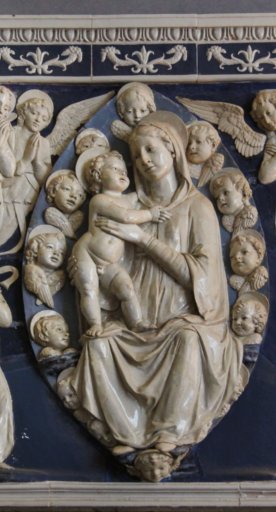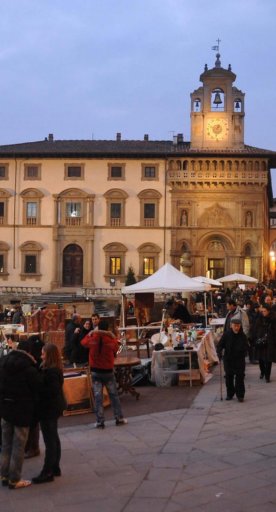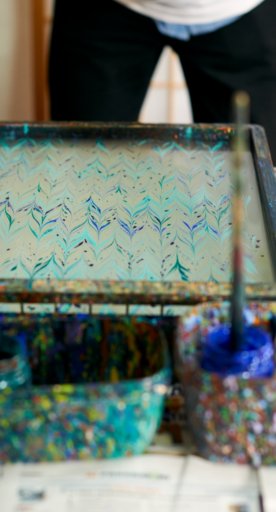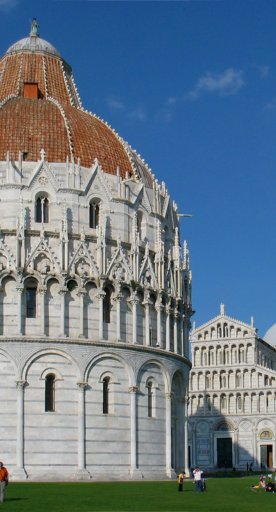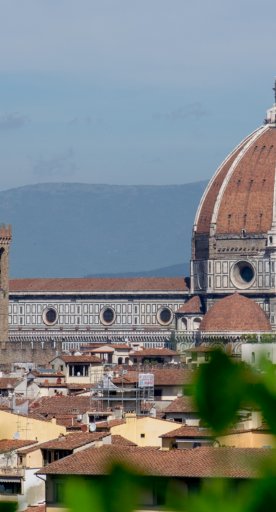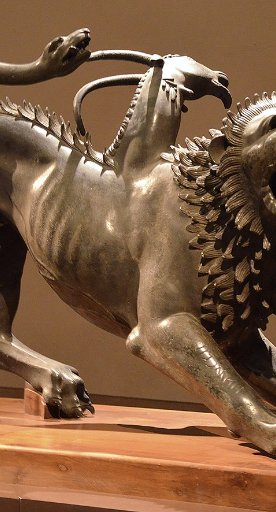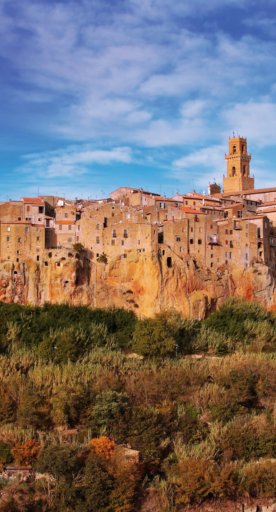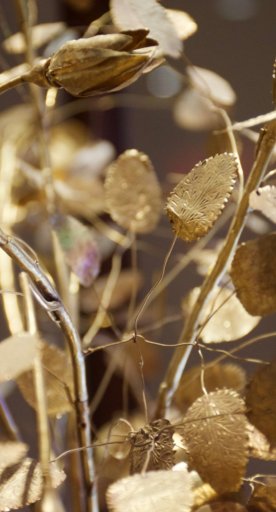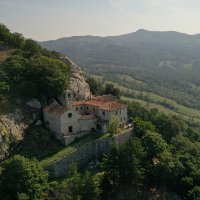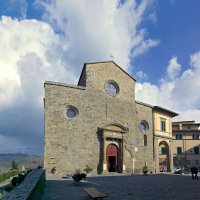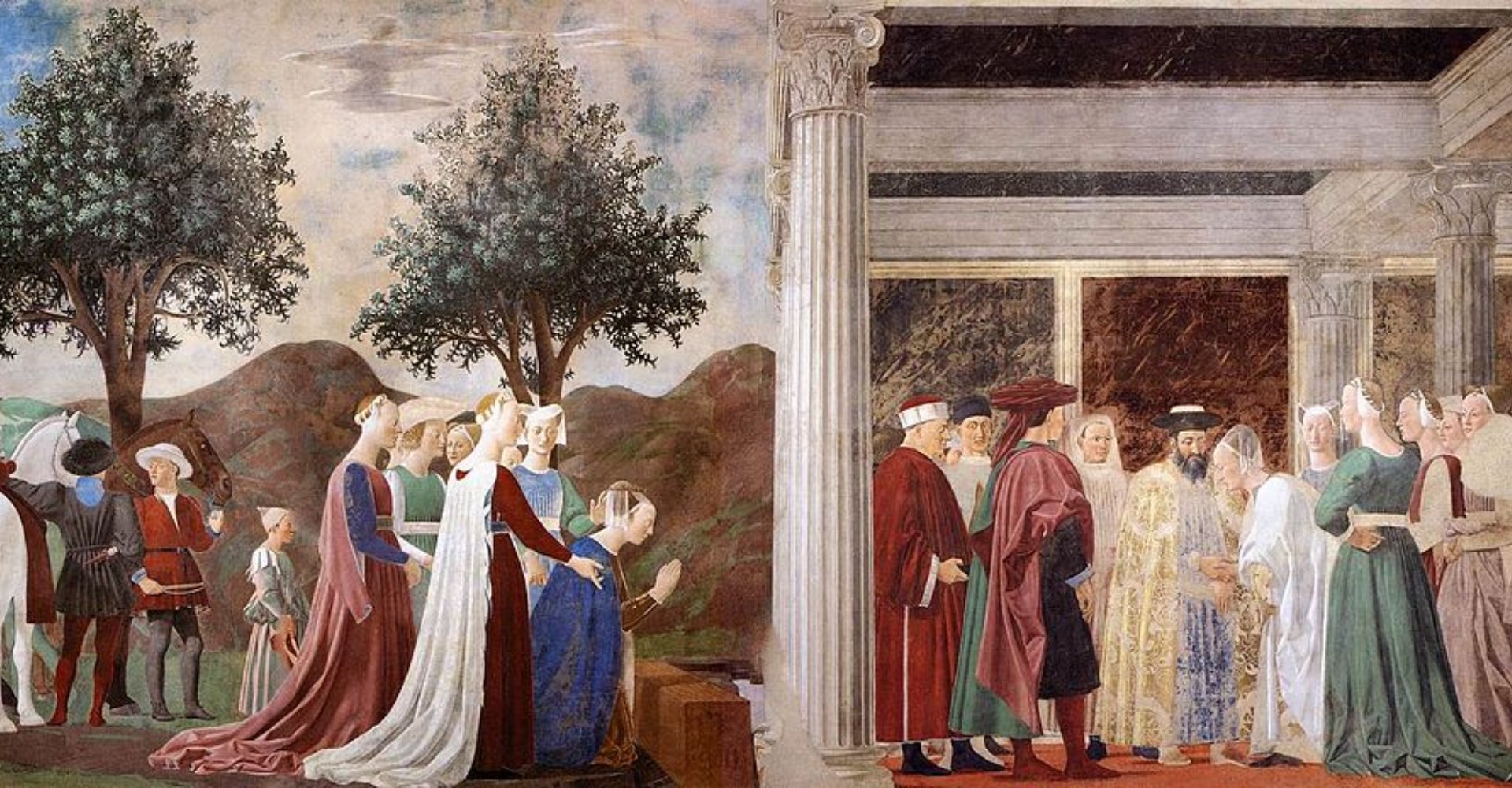
Eternal Masterpieces. Three works of art on the Romea Germanica that cannot be missed
Following the road from Arezzo to Cortona, one encounters works of immense value that attest to the artistic genius that characterized the Renaissance.
The Via Romea Germanica is an ancient road that runs from the city of Stade, Germany, down to Rome in a succession of landscapes and places full of charm. The stages through Tuscany are dotted with beauties that belong as much to the hand of man as to the enchantment of nature.
Woods and forests accompany pilgrims on the first part of the journey, while the towns encountered later hold true art treasures. Between Arezzo and Cortona, passing through Castiglion Fiorentino, it is possible to admire works of immense value, eternal masterpieces that have left people breathless for centuries.
-
1.The frescoes in the Arezzo area by Piero della Francesca
-
2.The loggia by Vasari
-
3.The Annunciation by Beato Angelico
The frescoes in the Arezzo area by Piero della Francesca
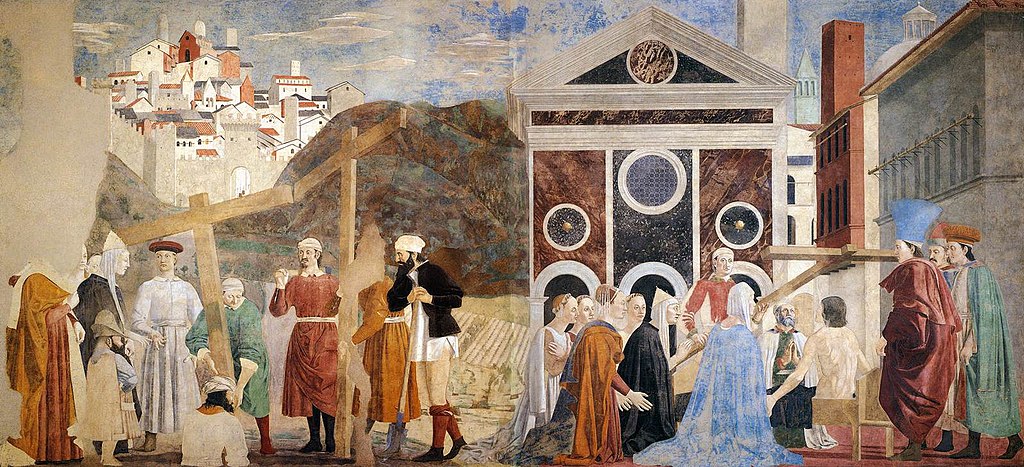
The Basilica di San Francesco, in Arezzo's main square, preserves one of the most famous fresco cycles in the history of art: the History the True Cross by Piero della Francesca. A cornerstone of Renaissance painting, the artist painted this masterpiece between 1452 and 1466, inspired by the Bible and the Leggenda Aurea, a collection of medieval hagiographies compiled by Bishop Jacopo da Varagine.
The pictorial cycle comes to life in 12 scenes inside the main chapel, in a triumph of figures and colors; the frescoes depict the story of the wood from which Christ's cross was made, starting with the events narrated in the Genesis. On the walls of the chapel are the splendid figures of Adam, the Queen of Sheba, Emperor Constantine and his mother Helena, and finally Emperor Heraclius who, having brought the sacred wood back to Jerusalem, ends the History of the True Cross.
The perfect symmetry and elegance of the frescoes is due to a precise criterion adopted by Piero della Francesca, who chose to put aesthetic order before chronological order: the individual scenes, in fact, are not depicted in order of occurrence, so much so that the closing scene is shown at the top, and is the first in the order of arrangement.
The loggia by Vasari

Castiglion Fiorentino, which is encountered along the Romea Germanica after leaving Arezzo, offers the spectacle of the Logge Vasariane, an example of late Renaissance architectural genius.
A series of round arches bounds the side of the municipal square that opens onto the valley below, creating a splendid setting that embellishes both the city space and the view, in a masterful work of balance and elegance.
Although it bears Vasari's name, the loggia traces its history back to the Middle Ages: it was originally a wooden loggia - used for the market - which underwent an initial renovation that took place at the hands of Leon Battista Alberti. The new structure did not last long: further maintenance and renovation works were soon required, which were entrusted to Vasari and which took place between 1560 and 1570.
Among the major changes that affected the loggia was the affixing of the Medici coat of arms, and above all the adoption of Florentine aesthetics: the stone columns set against the plaster of the structure directly recall Brunelleschi's style, widely known to Vasari.
The Annunciation by Beato Angelico

The last part of the itinerary in Tuscany allows us to discover another Renaissance masterpiece that can be admired in the Museo Diocesano (Diocesan Museum) in Cortona. One of its rooms in fact preserves the famous Annunciation painted by Beato Angelico, a work made in tempera on wood around 1430.
Two other works having as their them the Annunciation by the same author are known to be in the Prado Museum in Madrid and at the Basilica di Santa Maria delle Grazie in San Giovanni Valdarno. Although there is no certainty, it is believed that the work exhibited in Cortona was the first, and the others were made later in the wake of its fortune.
Brunelleschi’s influence that can be seen in the portico in Castiglion Fiorentino is also found in the portico of the Annunciation, whose columns recreate the contrast between plaster and stone, while the style of the figures and the entire work recall the aesthetic canons of Masaccio and Masolino.

